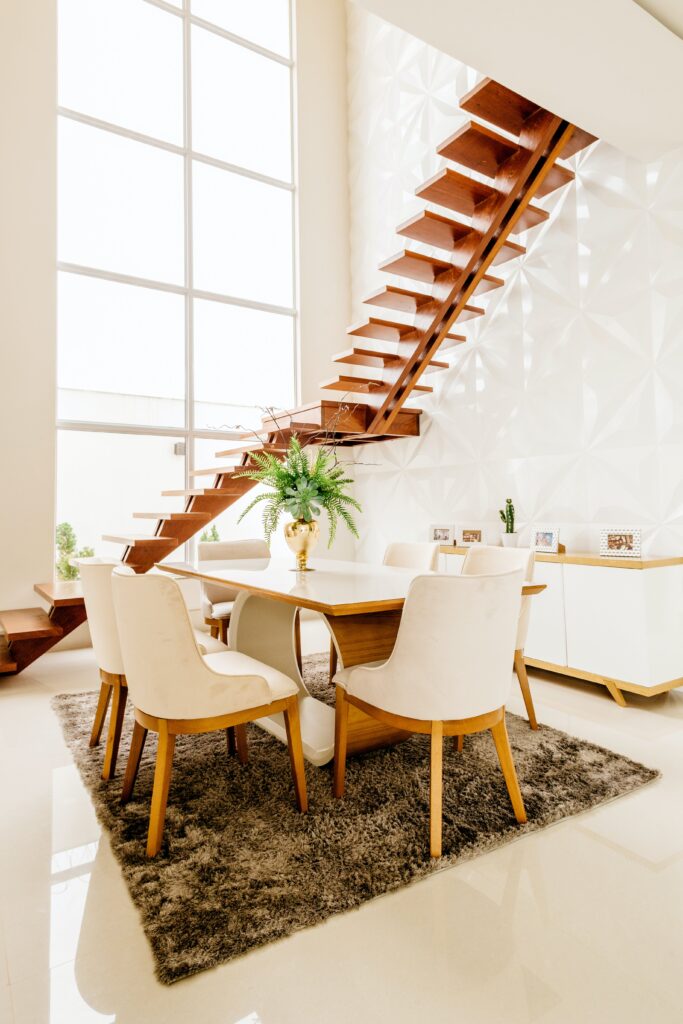
Photo by Jonathan Borba:
In the dynamic realm of home design, trends are ever-evolving, influenced by architectural innovations, lifestyle changes, and regional preferences. British Columbia, with its diverse landscapes and multicultural population, has seen a unique blend of design elements that reflect the province’s distinct character. As the demand for modern living spaces continues to rise. Homeowners in British Columbia are increasingly gravitating towards specific design trends that seamlessly blend style, functionality, and sustainability.
Open Concept Living Spaces
One of the prevailing trends in British Columbia’s home design is the embrace of open concept living spaces. Homeowners are opting for layouts that break down traditional barriers between the kitchen, dining, and living areas. This creates a seamless flow that fosters connectivity. This design choice not only enhances social interactions within the home, but also maximizes natural light, making spaces feel larger and more inviting.
Sustainable and Eco-Friendly Features
In line with the province’s commitment to environmental conservation, homeowners in British Columbia are increasingly incorporating sustainable and eco-friendly features into their homes. From energy-efficient appliances to solar panels and green roofing. There is a growing emphasis on minimizing the environmental impact of residential properties. Additionally, the use of locally-sourced materials and eco-conscious construction practices is gaining traction, aligning with the province’s dedication to eco-friendly living.
Modern Kitchen Designs
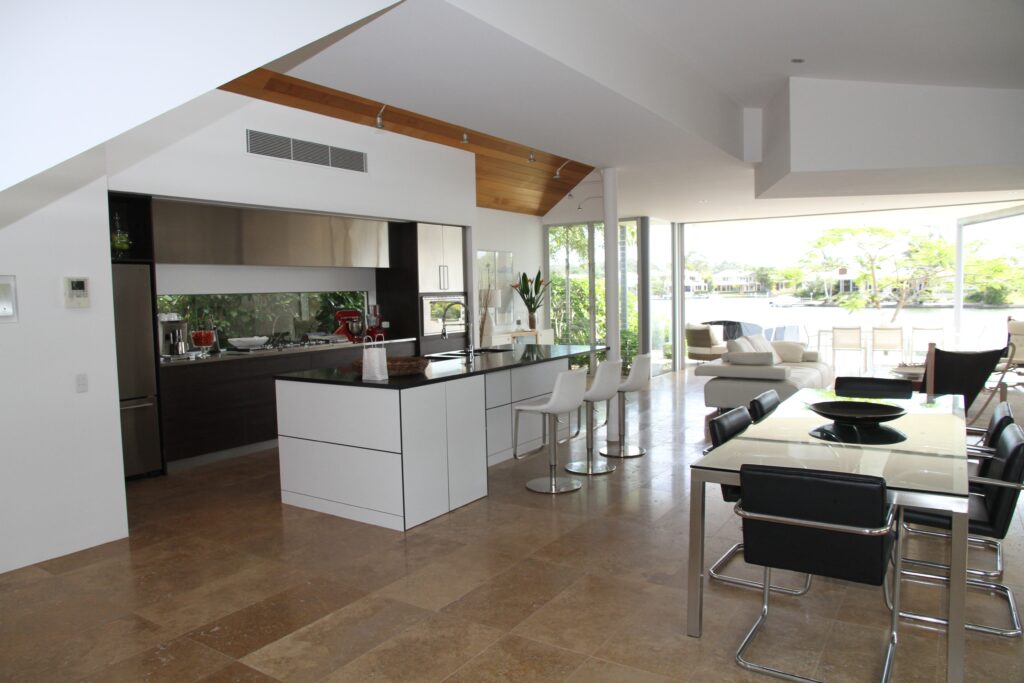
The kitchen is often considered the heart of the home, and British Columbia homeowners are investing in modern kitchen designs that strike a balance between aesthetics and functionality. Sleek, minimalist cabinetry, smart appliances, and innovative storage solutions are becoming staples. Many homeowners are also incorporating large, statement kitchen islands that serve as multifunctional spaces for cooking, dining, and socializing.
Embrace of Natural Elements
British Columbia’s stunning natural landscapes have a profound influence on home design preferences. Homeowners are increasingly incorporating natural elements such as wood, stone, and other organic materials into their interiors. From exposed wooden beams to stone accent walls. These elements add warmth and a connection to nature, creating a harmonious blend between the indoors and outdoors.
Smart Home Technology
As technology continues to advance, smart home features have become integral to modern living. Homeowners in British Columbia are embracing the convenience and efficiency offered by smart home technology. From automated lighting and thermostats to integrated security systems, the demand for homes equipped with cutting-edge technology is on the rise. This trend not only enhances the overall living experience but also contributes to improved energy management.
Outdoor Living Spaces
The breathtaking natural beauty of British Columbia has inspired a growing trend in the creation of outdoor living spaces. Homeowners are investing in well-designed patios, decks, and gardens that serve as extensions of their indoor living areas. These spaces often feature comfortable seating, fire pits, and outdoor kitchens, allowing residents to make the most of the region’s temperate climate while enjoying panoramic views.
Customization and Personalization
One size does not fit all when it comes to home design preferences in British Columbia. Homeowners are increasingly seeking customization and personalization options to create spaces that reflect their unique tastes and lifestyles. Whether it’s custom-built furniture, bespoke cabinetry, or unique architectural features, the emphasis is on creating homes that are as individual as the people who inhabit them.
The home design landscape in British Columbia is a reflection of the province’s rich cultural diversity, commitment to sustainability, and appreciation for natural beauty. As homeowners seek to create spaces that are both aesthetically pleasing and functionally efficient, the trends outlined above are likely to shape the future of residential architecture in the region. Whether it’s the seamless integration of open living spaces, a focus on sustainability, or a celebration of natural elements, British Columbia’s home design trends showcase a harmonious balance between modern living and a deep connection to the province’s unique surroundings. For construction companies catering to the needs of homeowners in British Columbia, staying abreast of these trends is key to delivering homes that resonate with the evolving tastes and preferences of the local community.
read more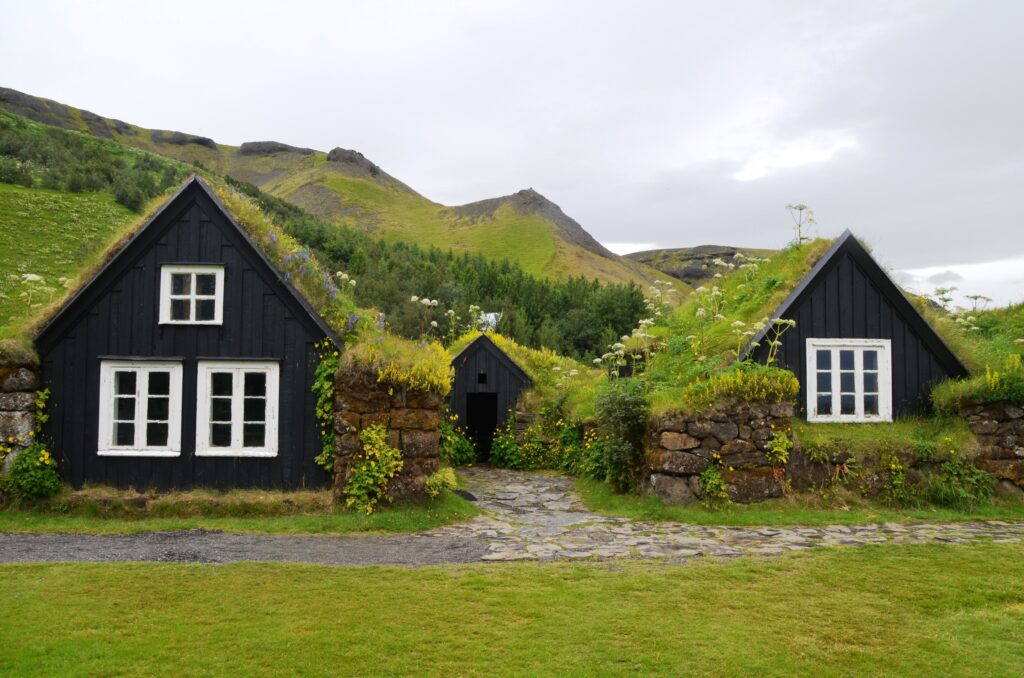
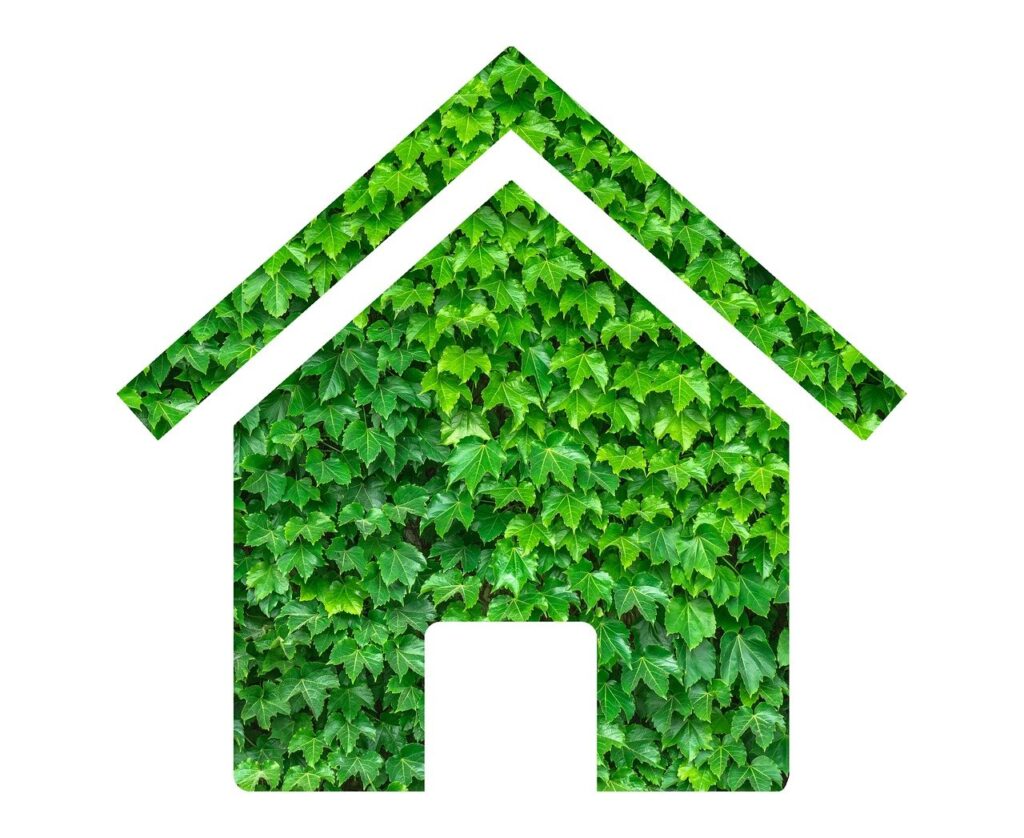
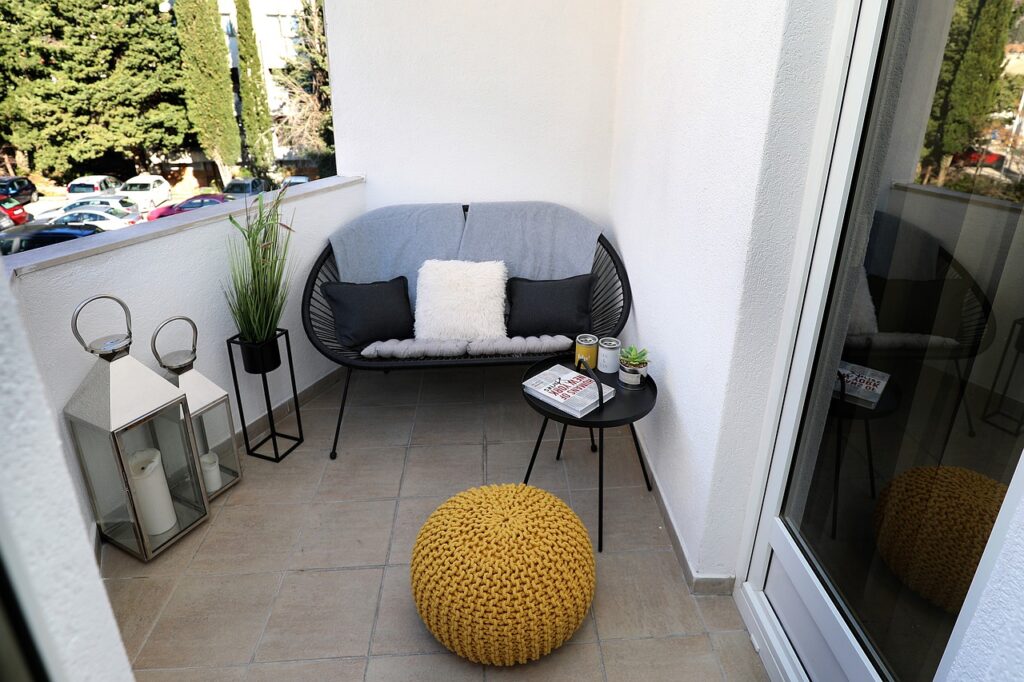
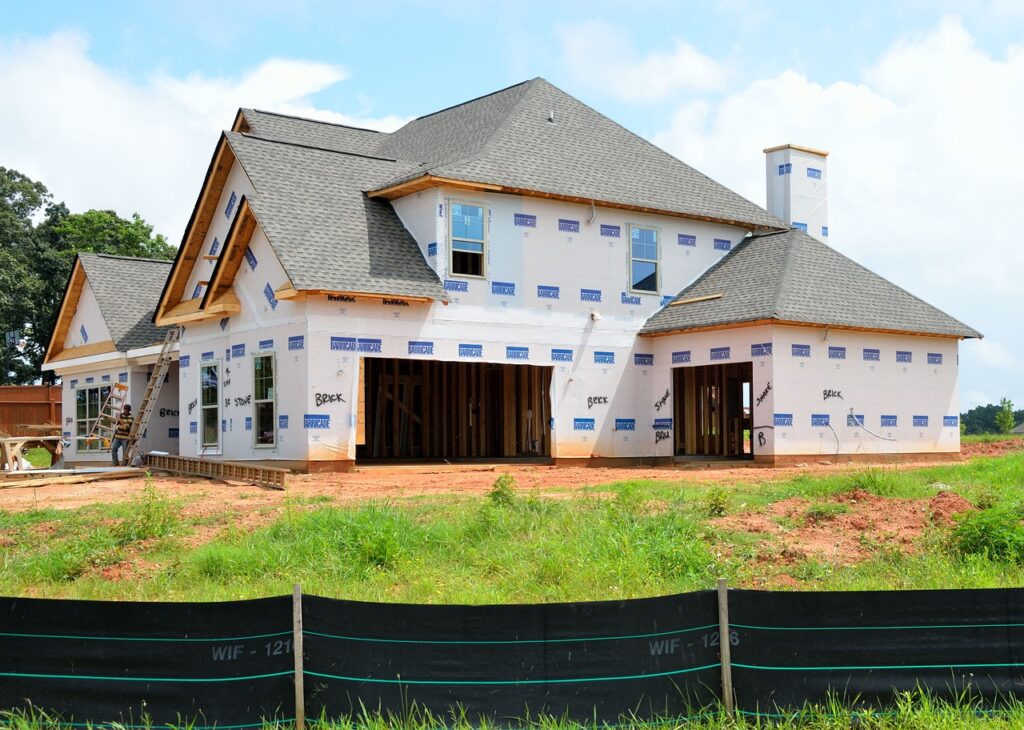
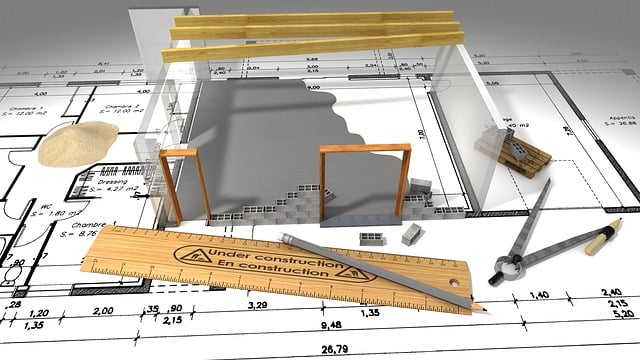
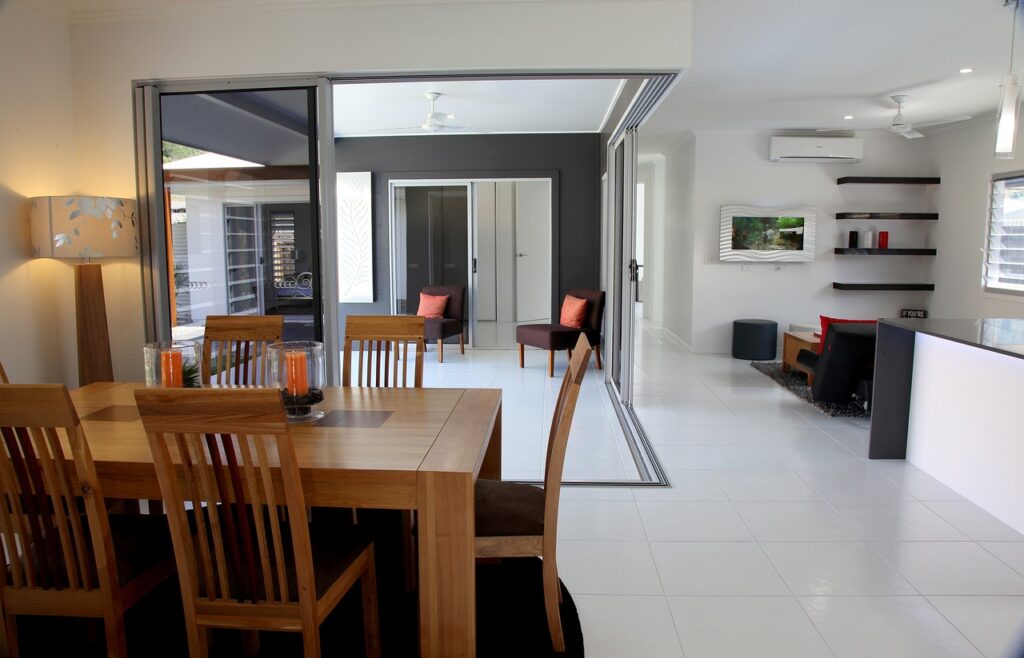

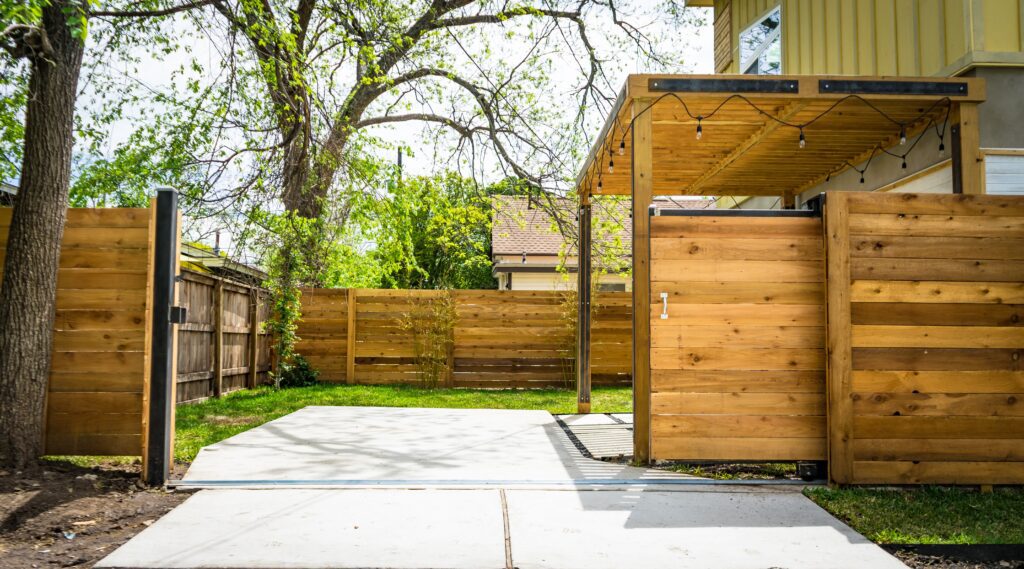
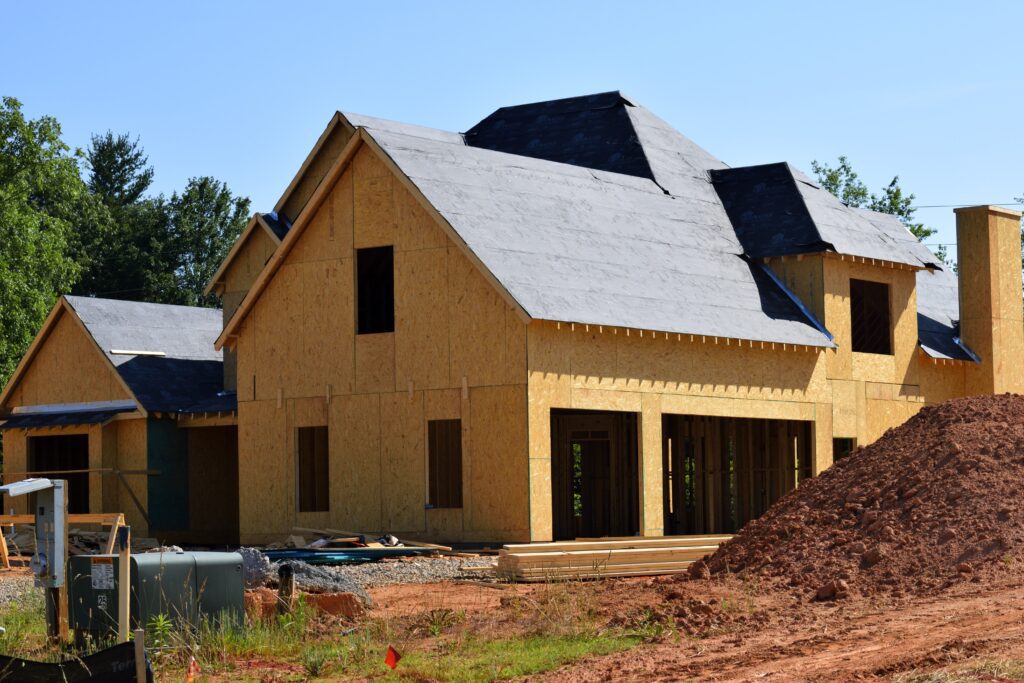
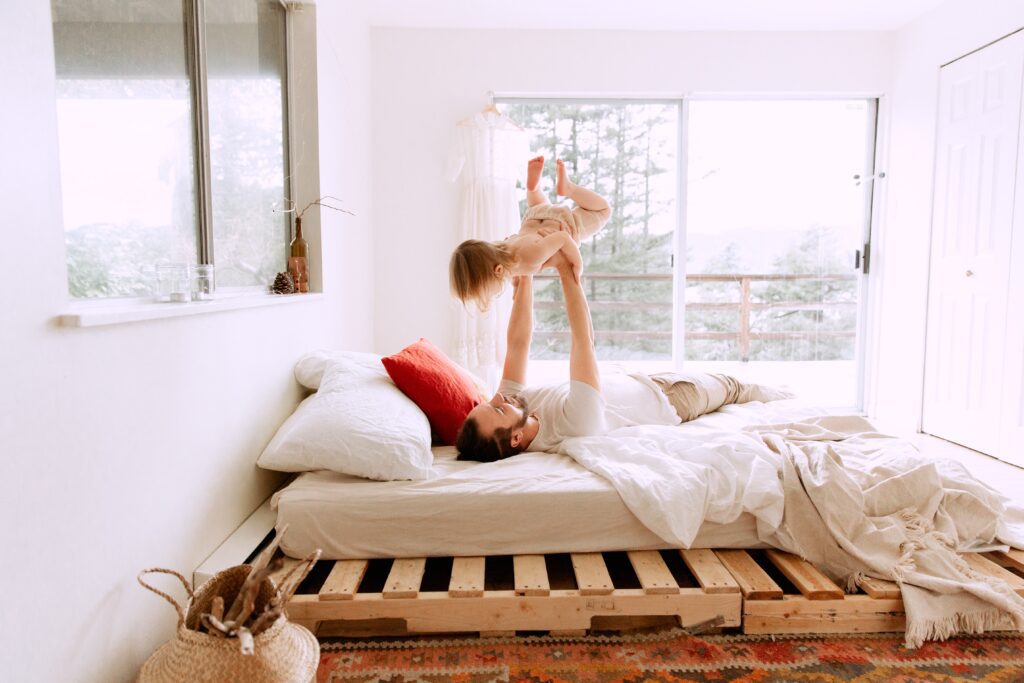
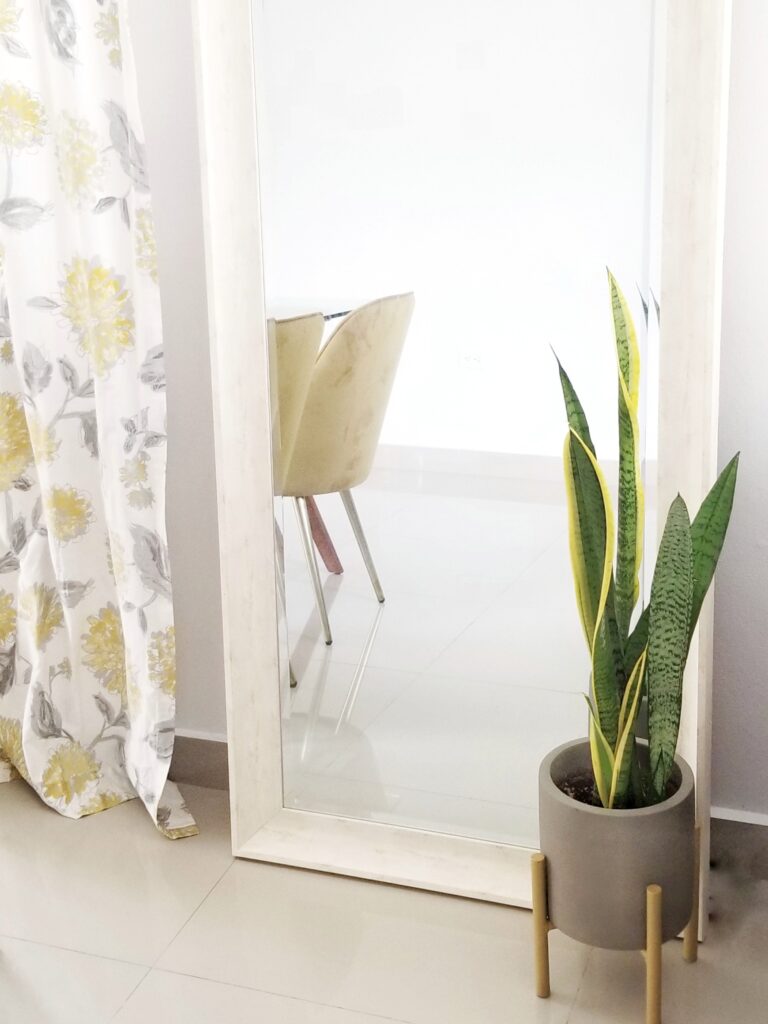
Recent Comments